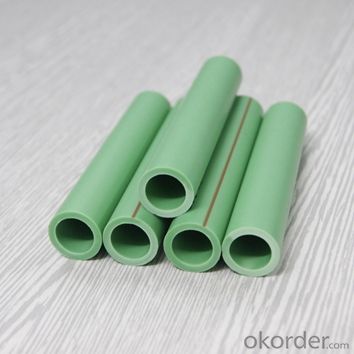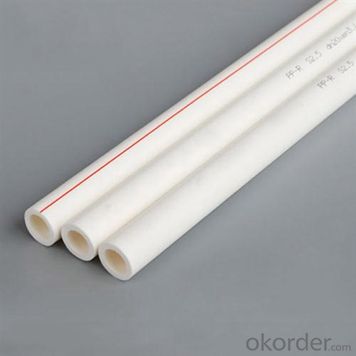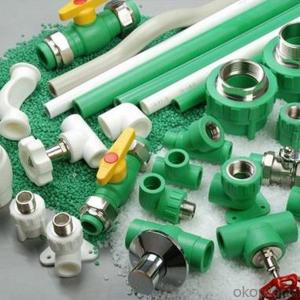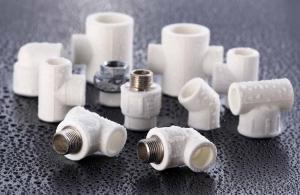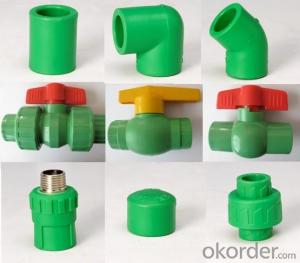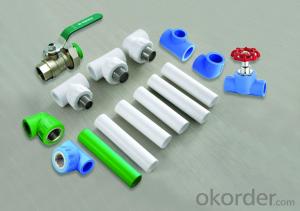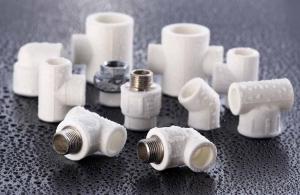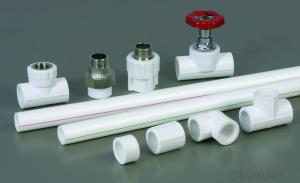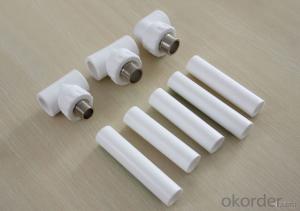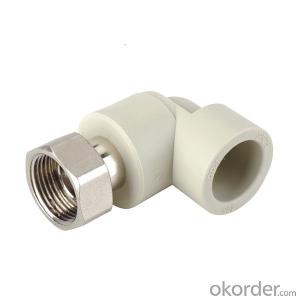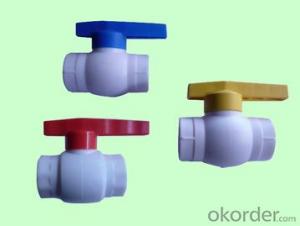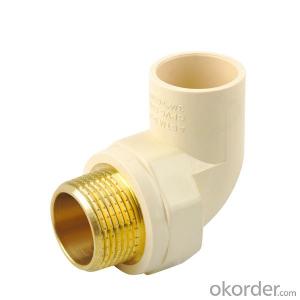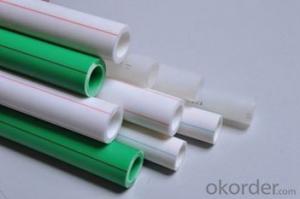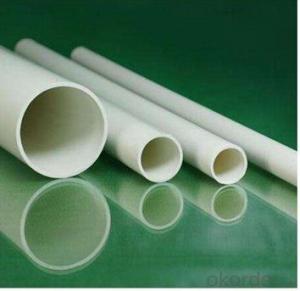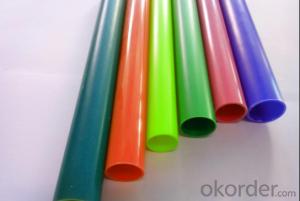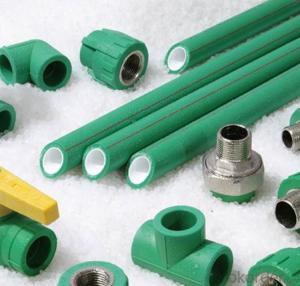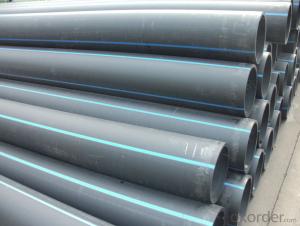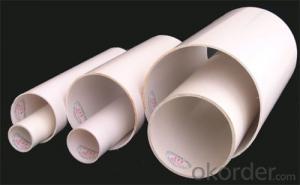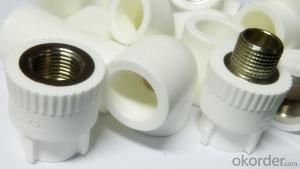1 Inch Plastic Water Pipe Fittings - PPR Pipe Plastic Pipe with Reasonable Price from China
- Loading Port:
- Tianjin
- Payment Terms:
- TT OR LC
- Min Order Qty:
- 100 pc
- Supply Capability:
- 100000 pc/month
OKorder Service Pledge
OKorder Financial Service
You Might Also Like
Description of Products:
CNBM PPR pipes are designed for Hot and Cold water supply and heating applications and it is suitable for different applications listed below:
• Compressed air systems
• Drinking water and liquids
• Watering systems for greenhouses & gardens
• Water purifying plants
• Radiator heating
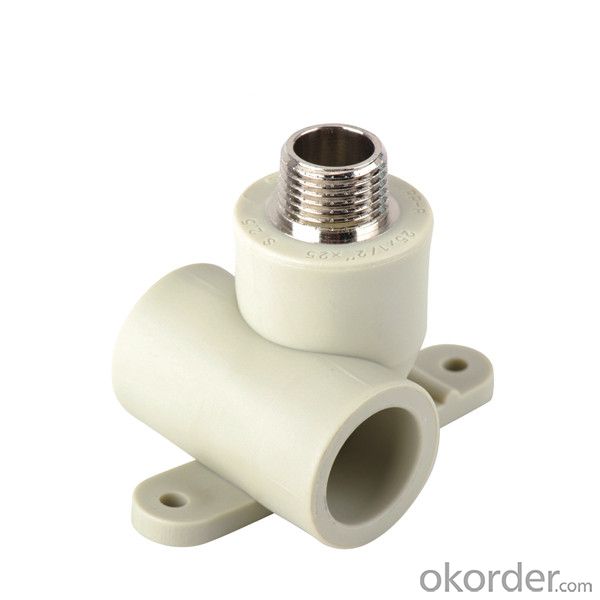
PPR Pipe Size:
PN10 | PN12.5 | PN16 | PN20 |
32*3.0 | 32*3.6 | 32*4.4 | 32*5.4 |
40*3.7 | 40*4.5 | 40*5.5 | 40*6.7 |
63*5.8 | 63*7.1 | 63*8.6 | 63*10.5 |
75*6.9 | 75*8.4 | 75*10.3 | 75*12.5 |
90*8.2 | 90*10.1 | 90*12.3 | 90*15 |
110*10.1 | 110*12.3 | 110*15.1 | 110*18.3 |
Specification:
Products name | Tee with Tap Connector Male |
Material | PPR |
Field of Application | Water |
Work temperature | -10℃-110℃ |
Packing | standard export package or customized |
Function | Kitchen, home, commercial, garden and general |
Place of origin | Hebei China(mainland) |
Brand | CMAX |
Application:
1) Cold and hot water systems of residence and commercial buildings
2) Transportation of industrial water supply and chemical materials
3) Pure water pipe system
4) Piping networks for rainwater utilization systems
5) Irrigation agriculture and horticulture systems
6) Transportation system of drinking water production
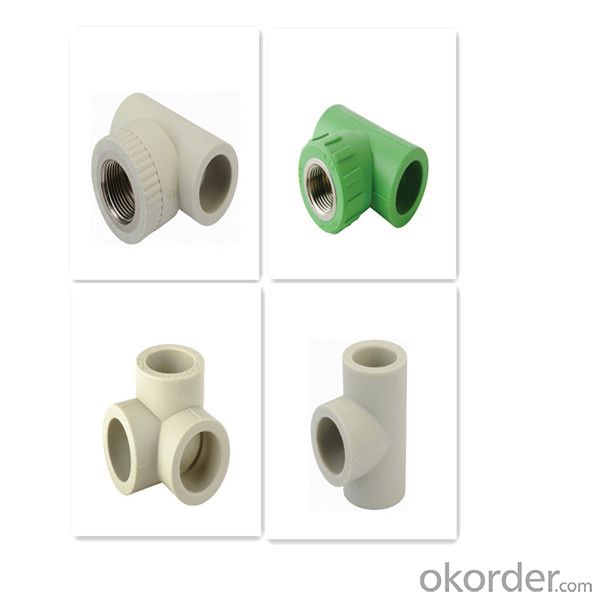
Product Feature:
1. High Temperature Resistance: the maximum sustained working temperature is up to 70°C , the maximum transient temperature is up to 95°C
2. Heat Preservation: low thermal conductivity which is only 1/1500 of brass pipe, and 1/250 of steel pipe
3. Non-toxic: no heavy metal additives, would not be covered with dirt or contaminated by bacterium
4. Corrosion Resistance: resist chemical matters and electron chemical corrosion
5.High Flow Capacity: smooth interior walls and low friction result in low flow resistance and high volume
6. Excellent Flexibility: can be supplied in coil
7. Longevity: more than 50 years under proper use
Product Advantages:
1) Healthy, bacteriological neutral, conforming to drinking water standards
2) Resistant to high temperatures, good impact strength
3) Convenient and reliable installation, low construction expenses
4) Excellent heat-insulation property from minimum thermal conductivity
5) Lightweight, convenient to transport and handle, good for labor-saving.
6) Smooth inner walls reduce pressure loss and increase flow speed
7) Sound insulation (reduced by 40% compared to galvanized steel pipes)
Company Profile:
CNBM International Corporation (CNBM International) is the most important trading platform of CNBM Group Corporation, a state-owned company under the direct supervision of State-owned Assets Supervision and Administration Commission of the State Council.
CNBM International is highly recognized by its business partners and clients all over the world and has obtained rapid development under the spirit of win-win. We will carry on the mutual beneficial, innovative and revolutionary trading structure as we did before, create value for our employees, share holders and clients and benefit the whole society in our future development.
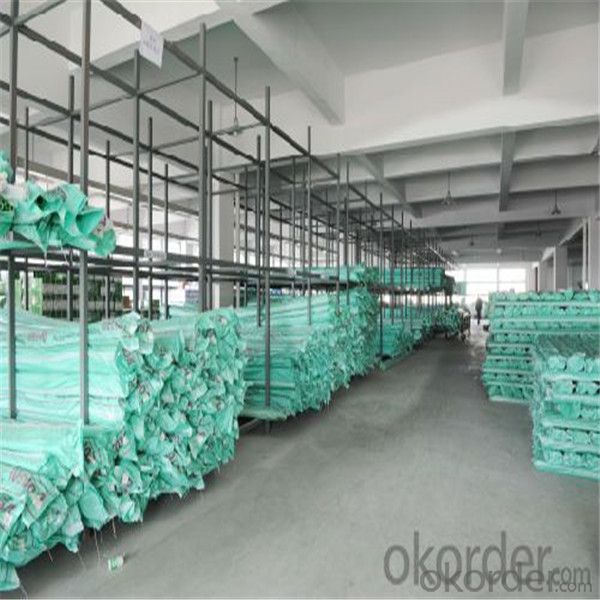
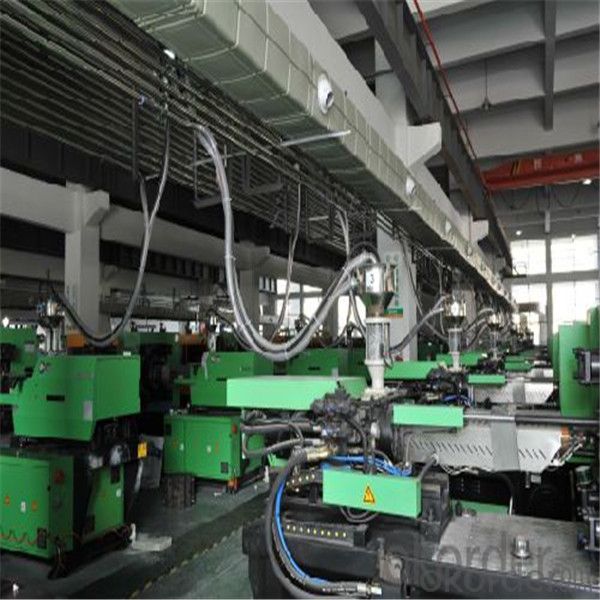
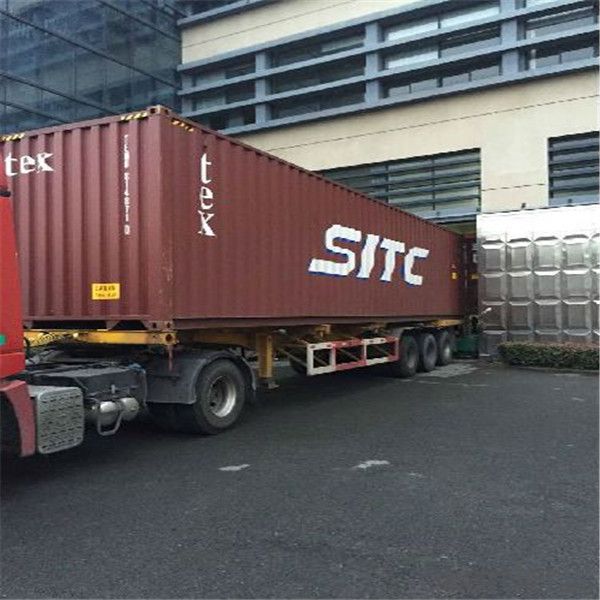
FAQ:
Q1:How Can I Get A Sample?
A1:You can get samples by communicate with our export sales.
Q2:How Long Is Delivery?
A2:Delivery time will be30-45days according to order quantity.
Q3:What Is The MOQ?
A3:MOQ depends on different items.
Q4:What Is Our Normal Payments Terms?
A4:Our normal payment terms now is: T/T, L/C or western union,paypal
- Q: Are plastic pipe fittings resistant to soil chemicals?
- Yes, plastic pipe fittings are generally resistant to soil chemicals.
- Q: How do you connect plastic pipe fittings to PEX pipes?
- To connect plastic pipe fittings to PEX pipes, you can use compression fittings specifically designed for PEX plumbing systems. These fittings feature a compression nut and a sleeve that secure the PEX pipe onto the fitting. Simply slide the compression nut onto the pipe, insert the fitting into the pipe end, and tighten the nut to create a watertight connection.
- Q: How to calculate joint parts for hot melt connection of water supply plastic pipe?
- If flanges, flanges, or hot melt inserts or electrofusion connections are used, the fittings shall be determined according to the design drawings and field conditions.
- Q: How do you remove a plastic pipe fitting?
- To remove a plastic pipe fitting, you can follow these steps: 1. Turn off the water supply: Before removing any pipe fitting, it is essential to turn off the water supply to prevent any leaks or accidents. 2. Prepare the area: Clear the surrounding area of any obstructions or debris that may hinder your work. 3. Identify the type of fitting: Determine the type of plastic fitting you are dealing with. Common types include compression fittings, push-to-connect fittings, or threaded fittings. 4. Compression fittings: For compression fittings, you will need two adjustable wrenches. Use one wrench to hold the fitting in place while using the other wrench to turn the nut counterclockwise until it comes off. 5. Push-to-connect fittings: Push-to-connect fittings typically have a release mechanism built into them. Locate the release collar near the fitting, then push it down firmly towards the pipe while pulling the pipe away from the fitting. This will release the connection. 6. Threaded fittings: Threaded fittings require the use of a pipe wrench or adjustable wrench. Place the wrench on the fitting's body or hex section and turn it counterclockwise to loosen and remove the fitting. 7. Inspect and clean: Once the fitting is removed, inspect the pipe and fitting for any damage or debris. Clean the pipe end and the inside of the fitting to ensure a proper connection when reinstalling it or replacing it with a new fitting. Remember to exercise caution and follow safety guidelines when working with plumbing systems. If you are unsure or encounter any difficulties, it is advisable to consult a professional plumber.
- Q: What are the different pressure ratings available for plastic pipe fittings?
- The pressure ratings available for plastic pipe fittings can vary depending on the material and design. However, some common pressure ratings for plastic pipe fittings include 80 psi (pounds per square inch), 100 psi, 125 psi, and 150 psi. It is important to consult the manufacturer's specifications or industry standards to determine the specific pressure rating for a particular plastic pipe fitting.
- Q: Do plastic pipe fittings require any special anchoring or bracing?
- Yes, plastic pipe fittings generally do not require any special anchoring or bracing. They are designed to be lightweight and flexible, and can typically be supported by the plumbing system itself. However, in certain situations or when subjected to high pressure or vibrations, additional support or bracing may be necessary to ensure the stability and integrity of the fittings.
- Q: How do you connect plastic pipe fittings to CPVC pipes?
- To connect plastic pipe fittings to CPVC pipes, you can use a CPVC solvent cement or adhesive specifically designed for the material. Clean the ends of both the fitting and the pipe, apply the solvent cement to the outside of the pipe and the inside of the fitting, and then push the fitting onto the pipe firmly. Allow it to set for the recommended time before applying any pressure or turning on the water supply.
- Q: Can plastic pipe fittings be used in industrial settings?
- Yes, plastic pipe fittings can be used in industrial settings. Plastic pipe fittings, such as PVC or CPVC fittings, are commonly used in various industrial applications due to their durability, chemical resistance, and cost-effectiveness. They can be used for conveying a wide range of fluids and gases, including corrosive substances, making them a suitable choice for industrial settings.
- Q: Can plastic pipe fittings be used for compressed gas systems?
- No, plastic pipe fittings should not be used for compressed gas systems. Compressed gas systems require materials that can withstand high pressures and potential hazards, which plastic fittings may not be able to handle. Metal fittings that are specifically designed and rated for compressed gas systems should be used instead to ensure safety and proper functionality.
- Q: Can plastic pipe fittings be used for reverse osmosis systems?
- Yes, plastic pipe fittings can be used for reverse osmosis systems.
Send your message to us
1 Inch Plastic Water Pipe Fittings - PPR Pipe Plastic Pipe with Reasonable Price from China
- Loading Port:
- Tianjin
- Payment Terms:
- TT OR LC
- Min Order Qty:
- 100 pc
- Supply Capability:
- 100000 pc/month
OKorder Service Pledge
OKorder Financial Service
Similar products
Hot products
Hot Searches
Related keywords


